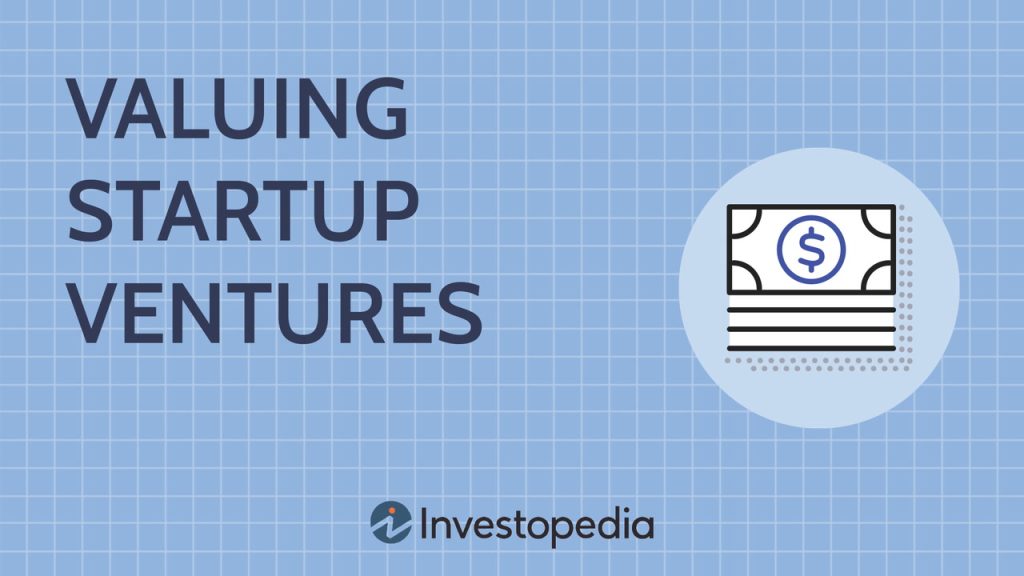Valuing startup options involves understanding the potential worth of the options granted to employees or investors in a startup. Here are some key metrics and methods used in startup valuation, which can help in assessing the value of startup options:

Key Metrics for Startup Valuation
1. Revenue and Growth Rate:
Monthly Recurring Revenue (MRR) and Annual Recurring Revenue (ARR) are critical for subscriptionbased businesses. Rapid revenue growth is a strong indicator of future profitability.
Growth Rate: The percentage increase in revenue over time, which shows market traction and potential.
2. Customer Metrics:
Customer Acquisition Cost (CAC): Lower CAC indicates efficient marketing and sales strategies.
Customer Lifetime Value (CLV): A higher CLV compared to CAC suggests sustainable growth.
Churn Rate: A lower churn rate indicates higher customer satisfaction and retention.
3. Market Size and Opportunity:
Total Addressable Market (TAM): The total revenue opportunity available if the startup captures 100% of its market.
Serviceable Available Market (SAM): The segment of TAM targeted by the startup’s products or services.
Serviceable Obtainable Market (SOM): The portion of SAM that the startup realistically expects to capture.
4. Competitive Landscape:
Direct and Indirect Competitors: Understanding the competitive environment helps assess market share potential.
Competitive Advantage: Unique features or capabilities that give the startup an edge.
5. Financial Performance:
Burn Rate: The rate at which a startup spends its capital.
Runway: The amount of time a startup can operate before needing additional funding.
Profit Margins: Higher profit margins suggest better financial management.
6. Funding and Investor Sentiment:
PreMoney Valuation: The valuation before new funding.
PostMoney Valuation: The valuation after receiving new funding.
Investor Sentiment: Positive sentiment can boost valuation.
7. Intellectual Property and Technology:
Patents and Trademarks: Legal protections for unique products or processes.
Technology Stack: Indicates innovation and technical expertise.
8. Team and Leadership:
Founders’ Background: Professional history and achievements of the founders.
Team Dynamics: Collaboration and cohesiveness of the startup team.
Methods for Valuing Startups
1. Scorecard Method:
This method evaluates prerevenue startups using factors like team strength, market size, and product quality. Each factor is weighted and scored relative to industry benchmarks.
2. Market Multiple Method:
This method compares the startup to similar companies using valuation multiples like EV/Revenue or EV/EBITDA. For prerevenue startups, nonfinancial metrics like user growth or MAU (Monthly Active Users) are often used.
3. CosttoDuplicate Approach:
This method calculates the cost to recreate the startup’s physical assets, R&D costs, and other tangible investments. It doesn’t capture intangible assets like brand value.
4. Venture Capital Method:
This method works backward from a potential future exit value to determine the current worth of the startup.
5. Discounted Cash Flow (DCF):
This method calculates the startup’s current value based on future cash flow projections. It’s more suitable for growthstage startups with predictable cash flows.
Conclusion
Valuing startup options requires a comprehensive understanding of both financial and nonfinancial metrics. By using a combination of valuation methods like the Scorecard Method, Market Multiple Method, and DCF, you can get a wellrounded assessment of a startup’s worth. This helps in determining the potential value of options granted to employees or investors.